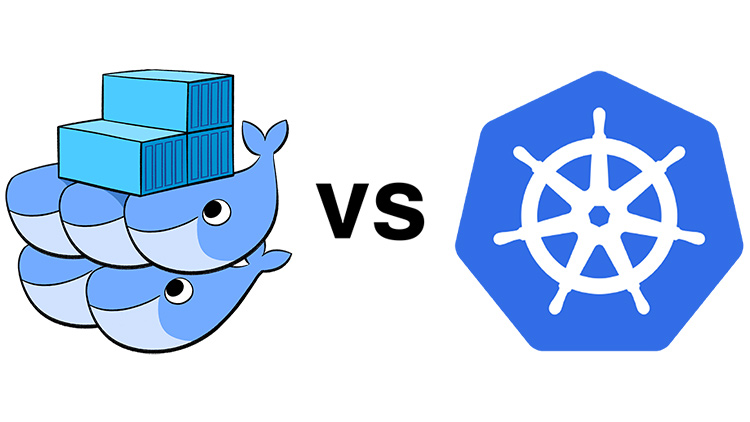
- LEARN DOCKER AND KUBERNETES FROM SCRATCH INSTALL
- LEARN DOCKER AND KUBERNETES FROM SCRATCH FREE
- LEARN DOCKER AND KUBERNETES FROM SCRATCH WINDOWS
If you want to replicate my cluster, adjust the number of nodes to 1, make the machine type g1-small and create your cluster – these are the only steps I took for this article. For this tutorial, I simply need 1 node, since we are just deploying a toy dataset that just needs to work remotely. Creating Your ClusterĬreating your cluster is very individual and down to what your needs are. If this does not run, try restarting Terminal.Īfter you have prepared the tools, we need to create a cluster, such that we can go through using these tools to deploy a Machine Learning application.
LEARN DOCKER AND KUBERNETES FROM SCRATCH INSTALL
Linux: Use the three following command to download and start Docker:ġ) apt install docker.io, 2) systemctl start docker, and 3) systemctl enable docker. Make sure the program is running and that you are logged in locally.Ĭ. MacOS: Sign up and download Docker Desktop on Mac. Make sure the program is running and that you are logged in locally.ī.
LEARN DOCKER AND KUBERNETES FROM SCRATCH WINDOWS
Windows Pro/Enterprise/Education: Sign up and download Docker Desktop on Windows. Note that you cannot use Docker with Windows Home – consider using a local Ubuntu VM by using Hyper-V on Windows instead.Ī. Add the path to the bin folder of the SDK: Check nano ~/.bash_profile, nano ~/.bash_login, nano ~/.profile or nano ~/.bashrc. Linux: Depending on the distribution and what you have installed, there could be different profiles for Terminal. Save by doing CTRL+O, press Enter/Return and press CTRL+X.Ĭ. MacOS: In Terminal, type in nano ~/.bash_profile and add the path to your bin folder as a new line in the file.Įxport PATH="/Applications/google-cloud-sdk/bin" Click new and enter the path to the SDK bin folder and save.ī. 1) Open search and search for "Edit the environment variables", 2) Click on the "Environment Variables" button at the bottom, 3) For your user, double click Path in "User variables for " OR click new if it does not exist (Variable Name is "Path"). Export the SDK to PATH by finding the path to the SDK bin folder.Ī.You have to enter your credit card, but it won't be charged unless you give them permission.
LEARN DOCKER AND KUBERNETES FROM SCRATCH FREE
Sign up for Google Cloud Platform and get $300 free credits.

These are all the steps to set up your environment.

Step 2: Automatic Scaling, Automatic Upgrades And Automatic Repairs.Step 1: Choosing The Cluster Type For Your Clusters.In this article, we will take a sober look at how painless this process can be, if you just know the small ins and outs of the technologies involved in deployment.Īll the files for this project are available on GitHub, and you can perhaps use this project as a Hello World application, such that you have something running and later on replace it with something more complex.

But it most certainly is important, if you want to get into the industry as a Machine Learning Engineer (MLE). Deployment is perhaps one of the most overlooked topics in the Machine Learning world.


 0 kommentar(er)
0 kommentar(er)
